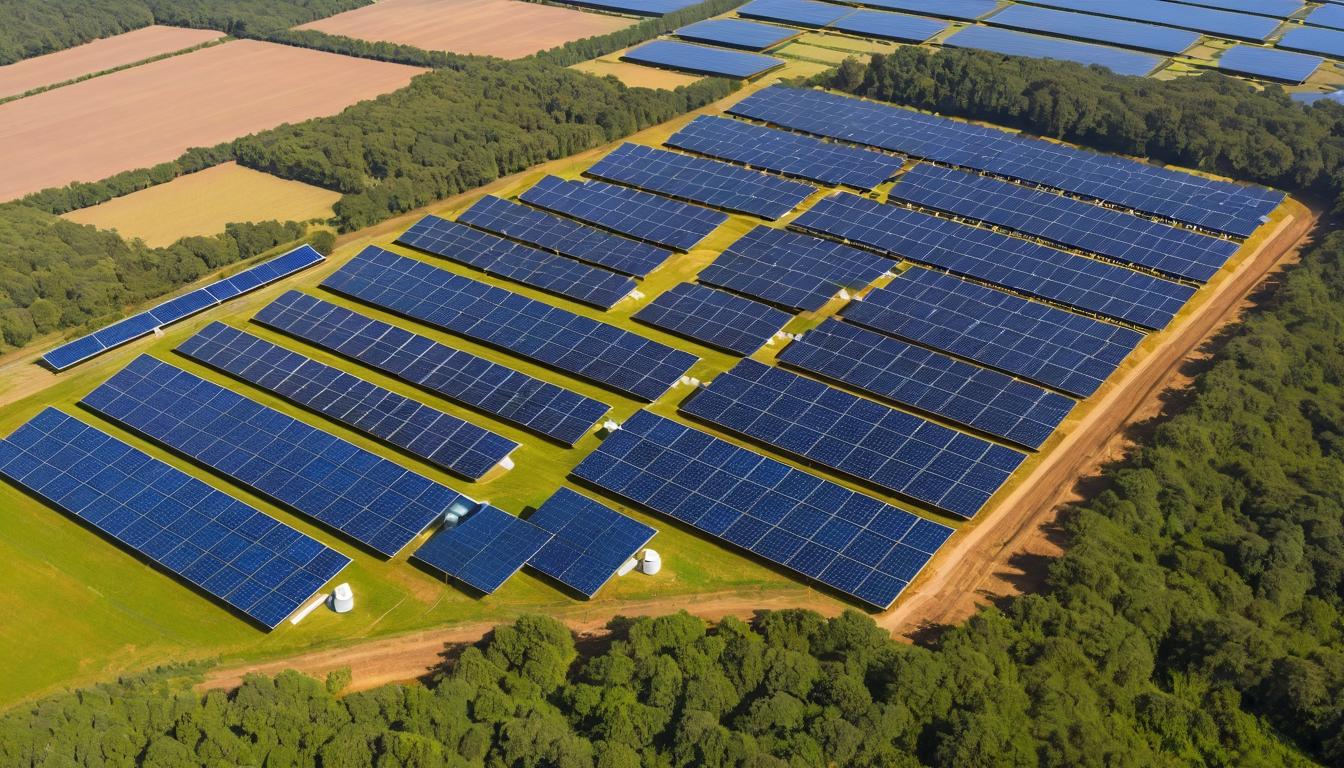Walking through the sprawling solar farms of California's Mojave Desert, you'd be forgiven for thinking solar technology has reached its final form. Endless rows of blue-black panels tilt toward the sun, harvesting clean energy in what appears to be a mature, stable industry. But beneath this placid surface, a revolution is brewing that could make today's solar installations look as primitive as flip phones.
What most people don't realize is that the solar panels on their roofs today operate at roughly the same efficiency as they did a decade ago. The real breakthroughs are happening in manufacturing, installation techniques, and integration technologies that are driving down costs while dramatically increasing reliability. Companies are now achieving what was once thought impossible: making solar cheaper than fossil fuels without subsidies in most markets worldwide.
One of the most exciting developments comes from perovskite solar cells, which have jumped from laboratory curiosities to commercial viability in just a few years. These thin, flexible materials can be printed like newspaper and applied to virtually any surface, from building facades to car roofs. While silicon panels require rigid mounting systems and careful orientation, perovskite films can wrap around curved surfaces and generate electricity even in indirect light. Early commercial products are already hitting the market, promising to turn entire cities into power generators.
Meanwhile, the solar installation industry is undergoing its own quiet transformation. Robotic installers can now mount entire rooftop systems in hours rather than days, while drone-based surveying eliminates the need for risky manual roof inspections. These technologies aren't just conveniences—they're addressing the industry's biggest bottleneck: skilled labor shortages that have hampered solar adoption despite overwhelming consumer demand.
Perhaps the most overlooked aspect of the solar revolution involves what happens after the panels are installed. Smart inverters and microgrid technologies are turning solar arrays from simple power generators into sophisticated energy management systems. Homes with solar and battery storage can now automatically sell excess power back to the grid during peak demand, creating virtual power plants that stabilize the entire electrical network while putting money back in homeowners' pockets.
The recycling challenge represents both a crisis and opportunity for the solar industry. With the first generation of solar panels now reaching the end of their 25-30 year lifespans, the industry faces a waste management problem of staggering proportions. But innovative companies are developing processes to recover over 95% of panel materials, creating a circular economy that could make solar even more sustainable. Some are even designing panels specifically for easy disassembly, treating recycling as a design requirement rather than an afterthought.
Community solar projects are democratizing access to clean energy in ways that were unimaginable just a few years ago. These shared solar gardens allow renters, apartment dwellers, and homeowners with shaded roofs to purchase shares in larger installations, receiving credits on their utility bills for the power generated. The model has proven particularly successful in low-income communities, where traditional rooftop solar was often financially out of reach.
Floating solar represents another frontier that's gaining momentum worldwide. These aquatic installations not only conserve valuable land but actually improve performance through natural cooling from the water beneath them. The technology is particularly valuable in drought-prone regions, where covering reservoirs and canals with solar panels reduces evaporation while generating clean electricity.
As solar continues its relentless march toward dominance in global energy markets, the most significant changes may be the least visible. Grid modernization efforts, regulatory reforms, and financial innovations are creating an ecosystem where solar isn't just an alternative energy source but the foundation of a smarter, more resilient electrical system. The revolution isn't coming—it's already here, quietly transforming how we power our lives one innovation at a time.
The solar revolution hiding in plain sight: how new technologies are quietly transforming energy

